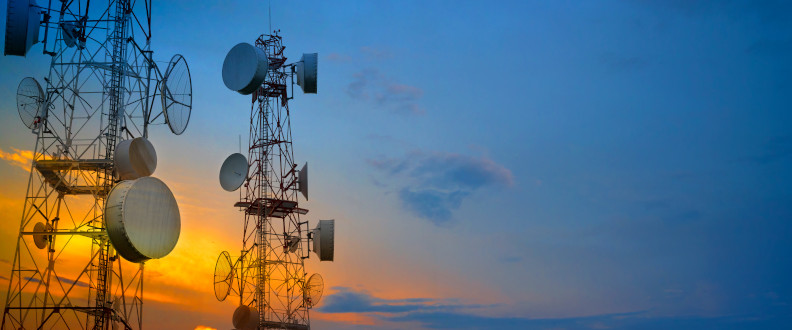
My interest in radio began when I was a boy and discovered I could pick up distant AM radio stations at night. I was shocked when I could hear foreign languages on the radio and had no idea at first how this was happening.
In college I became interested in signal processing, and later did DSP for several companies. Now DSP and radio overlap in numerous ways, such as Software Defined Radio (SDR).
I have an amateur radio license, extra class, and my call sign is KI5TUZ.
Here are a few blog posts I’ve written about radio and related topics.
- Amplitude modulation
- Einstein on radio
- Making high frequencies from lower frequencies
- Varicode
- Q codes
- FM approximation
- Maidenhead geocode system
- Analyzing an FM signal
- Frequency shift key (FSK) spectrum
- Multiple frequency shift keying and sound effects
- Eliminating CW clicks
- Morse code in musical notation
- Geocodes and Hilbert curves
Need help with a project involving mathematics and radio?
Modulation
Several of the posts listed above are about forms of modulation, encoding a signal on top of a carrier wave. Amplitude modulation, frequency modulation, angle modulation, etc. are all ways of combining a signal and a carrier. Demodulation reverses this process, separating the broadcast signal back into content and carrier. This process can involve some interesting mathematics: Fourier analysis, Bessel functions, digital signal processing, etc.
Digital modes
Morse code (CW)
Morse code, or CW, is the original digital mode for radio. Although Morse code is no longer cutting edge technology, it’s still interesting, and in fact there has been something of a renaissance in CW in amateur radio. I find the psychology of Morse code interesting, looking at question such as which learning methods are most effective and exploring the limits of rhythm perception. There’s also some interesting mathematics, such as how efficient Morse code is in terms of information theory, and DSP techniques for pulling a CW signal out noise.
In addition to Morse code, CW also has codes on top of a code, such as Q code abbreviations and cut numbers.
Incidentally, CW stands for “continuous wave,” which is ironic for a discrete stream of dihs and dahs. The name comes from the fact that the carrier is continuous in the sense that it is basically turned on and off but otherwise not modified. In fact, the carrier is slightly modulated to prevent clicks from code elements beginning and ending too abruptly.
More recent digital modes
Protocols such as PSK31 are more what most people have in mind when they speak of digital modes. Unlike CW, which a human encodes by hand and decodes by ear, modern digital modes rely on computers to do the encoding and decoding.
The PSK in PSK31 stands for pulse key shifting modulation. FSK (frequency shift keying) is also a common form of digital modulation. Just as Morse code uses have codes on top of the code, various protocols like Varicode sit on top of these digital modulation modes.
Geolocation coding
Geolocation isn’t strictly a part of radio, but it is often used with radio. Geocoding systems are interesting because they solve a design problem that involves psychological as well as information-theoretic constraints. There can be some interesting mathematics involved, such as using Hilbert curves to construct encoding systems.
Trusted consultants to some of the world’s leading companies

